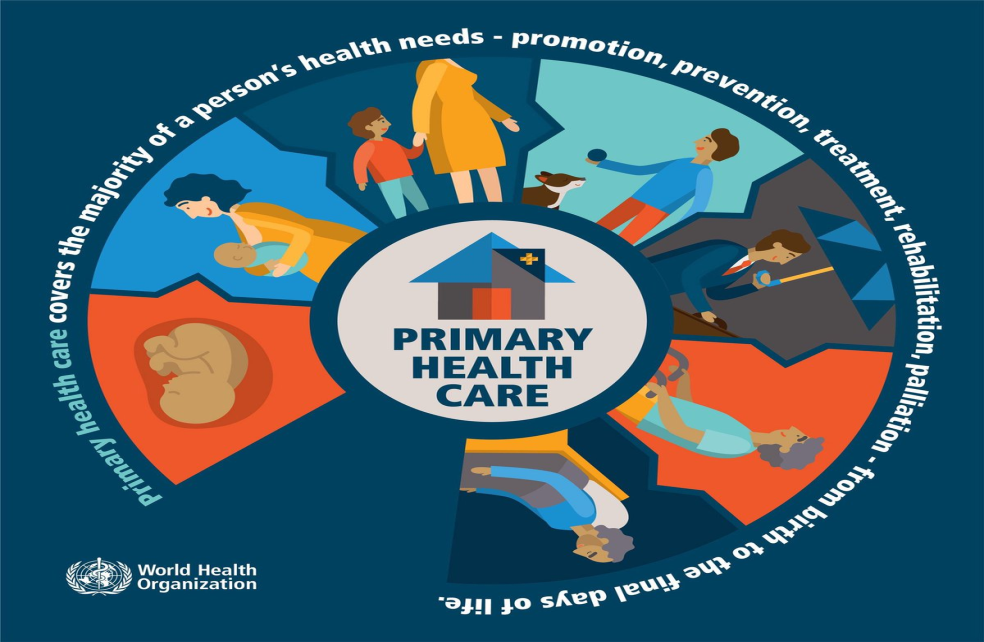Free Courses Sale ends Soon, Get It Now


Free Courses Sale ends Soon, Get It Now



Copyright infringement is not intended
Context - Recently Published ‘Global Health Report’ indicated that “Insufficient funding of Primary Healthcare Systems hurting ground level Healthcare services”.
Details
Alma-Ata Declaration
Healthcare Status in India
Steps were taken by the Government
National Health Policy 2017 targets
Way Forward
© 2024 iasgyan. All right reserved